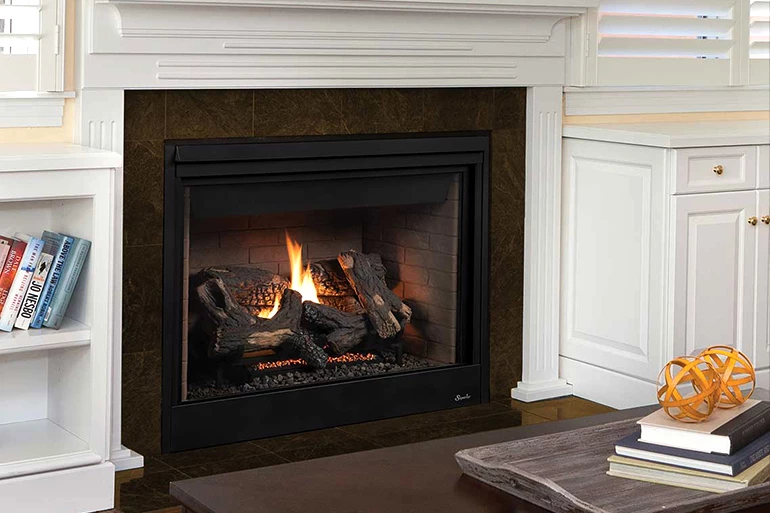Parts of a Fireplace: Gas Fireplace Parts You Should Know
Shopping and searching for the right gas fireplace can be challenging. There are countless variations with too many styles to name. And then there are brands, a ton of brands. There are so many options it can be paralyzing. But for now, let's break down the basics when shopping for or learning about a gas fireplace.
Gas fireplaces and gas fireplace inserts are exceptional heating appliances. They run on propane or natural gas rather than wood. We know all too well that wood burning fireplaces require a lot of work: sourcing or gathering wood, seasoning it, and storing it! All you have to do with gas is turn a valve and press a button. It's that simple, which explains their growing popularity among consumers.
Many fireplace manufacturers equip gas models with top-quality components to remain competitive and compliant with industry regulations. There's nothing to argue with here, except many people don't know what these parts are called or how to use them.


